Our Impact
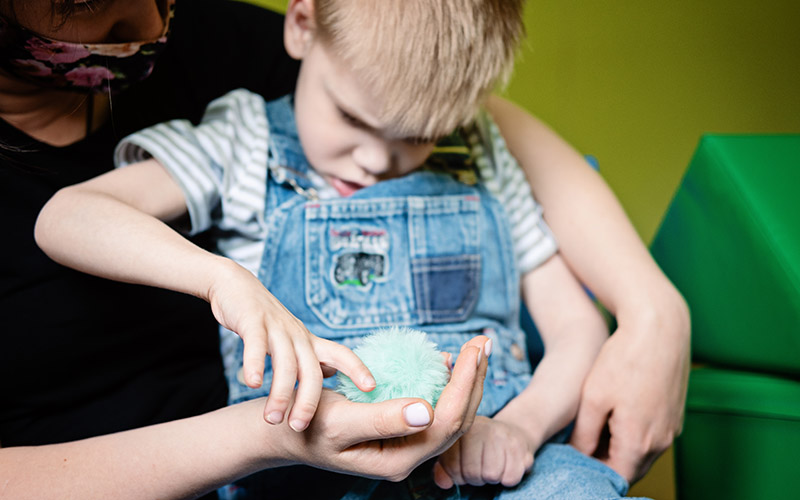
To assist in self-regulation. To teach how to regulate emotions in response to triggers of the environment in a safe sensory-friendly atmosphere. This will be carried out in a specially designed room with elements of Snoezelen incorporated into the room. We would also use weighted blankets, weighted vests, and weighted lap pads to help with proprioceptive input, concentration, and body awareness. The way to accomplish this sensory program is to have designated areas within the sensory room with controlled stimuli such as sand, water, manipulatives, textures, different lightings, and different sounds, among others.
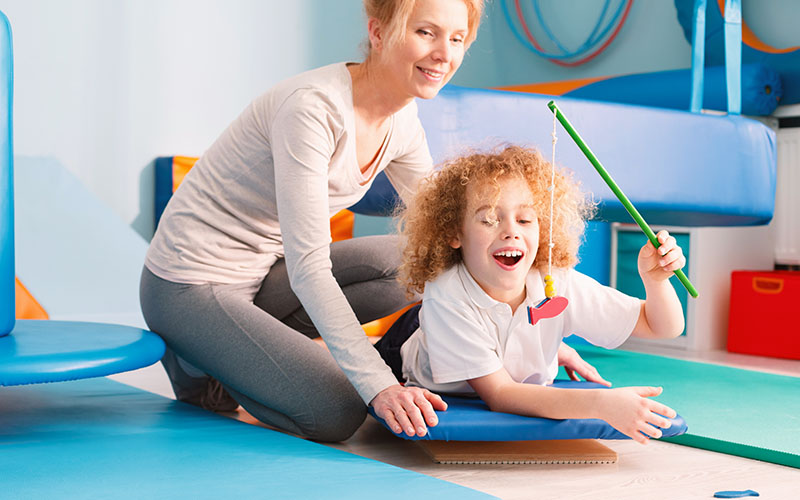

To teach autistic children the beauty of art, aesthetics, fine motor skills, and color recognition. Building fine motor skills. Teaching the children that they can communicate through a different medium, especially if the children are non-verbal. We would use tools such as Markers, crayons, paint, smooth glide tempera sticks, canvases, glossy smooth glide paper, lined paper, construction paper, glue, and various textures used during crafts. To help desensitize to these textures so that they can be utilized without the severe, sensory reactions these things normally can cause children who are on the spectrum. To help find a self-expressive voice. This will be conducted in the arts and crafts designated area.
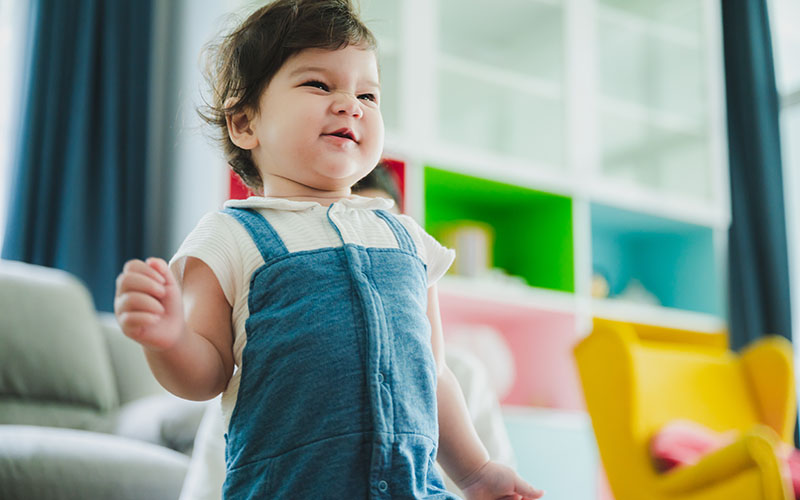
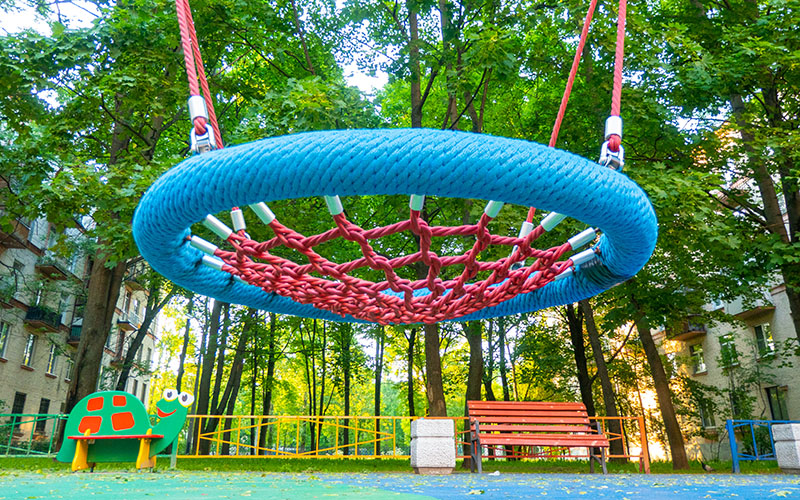
To provide autistic children a safe environment free from bullying. This place will have fun obstacle courses for gross motor skills, it will also have shaded areas with alcove-style cozy equipment where a child can retreat to if needed if there is a sensory trigger such as too much sunshine or wind, for example. This area will also have noise reduction headphones to allow for a more relaxing play experience by drowning out some of the ambience noise. It will also have Hopscotch. Caterpillar tunnels. Hammock chairs, adaptive basketball, adaptive bowling with giant bowling pins, giant Legos, waterlogs, tree drum sets, outdoor play bins, etc. This will be conducted in the designated enclosed, protected play area in the yard.
To provide parents with the information and knowledge to understand their children and how to manage the many challenges that often accompany autism. To help parent’s learn about proper diets that enhance their children’s learning abilities, focus and concentration. This will be conducted in a designated kitchen with live examples and recipes hands-on. To teach how to decode maladaptive behaviors. To explain what tantrums, frustrations or violent outbursts may mean. This will be conducted in the designated teaching area. We will use books, handouts, pamphlets, autism vocabulary meanings such as proprioception, Interoception, sensory overload, self-regulation, dysregulation, neurodiversity and a typical things they should know in order to better help their child. We will also use meditation techniques to help reduce caretaker stress, anxiety and depression.
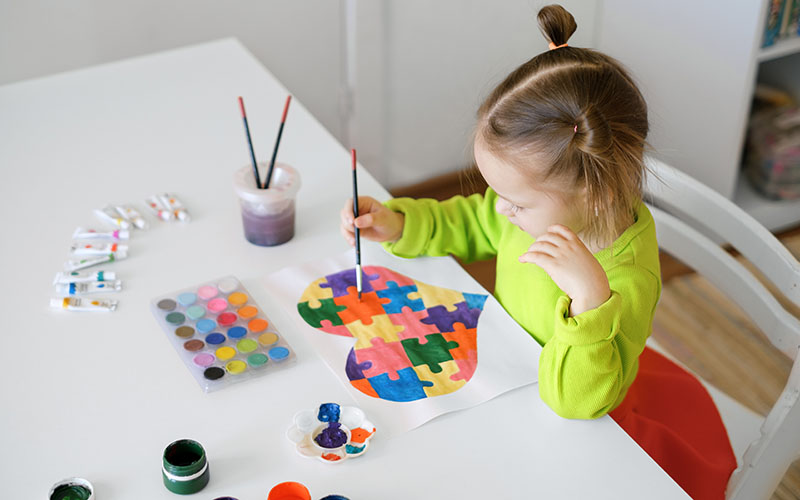
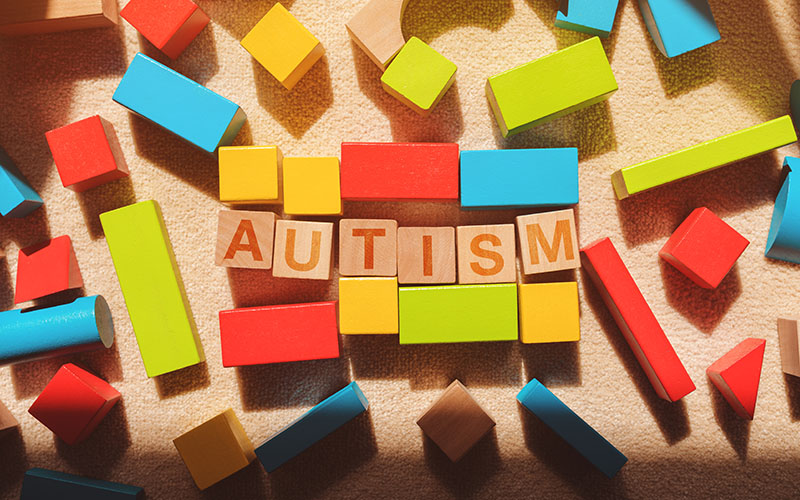
Usually when a parent first obtains their child’s diagnosis, there is an avalanche of documentation that comes their way to be filled for their child and it can be very overwhelming while dealing with their special needs child. These forms are necessary in order to give their child their best chance to be successful in life. These forms get them started on social services, ABA therapy, OT therapy, grants, speech therapy, medical equipment, financial assistance, family education, specialists, and so forth. In this part of the program, we will assist parents to fill out forms that normally can drown them when their child is first diagnosed with autism. The autism spectrum is much better served if all the elements are in place. Providing this assistance would help them receive all the services that they need to help their child grow to have their best future while alleviating the parents burdens so the parents cand direct their focus to their child and each other. At the beginning it’s like being thrown in a pool: sink or swim. We want to help parents navigate the difficult waters of autism..